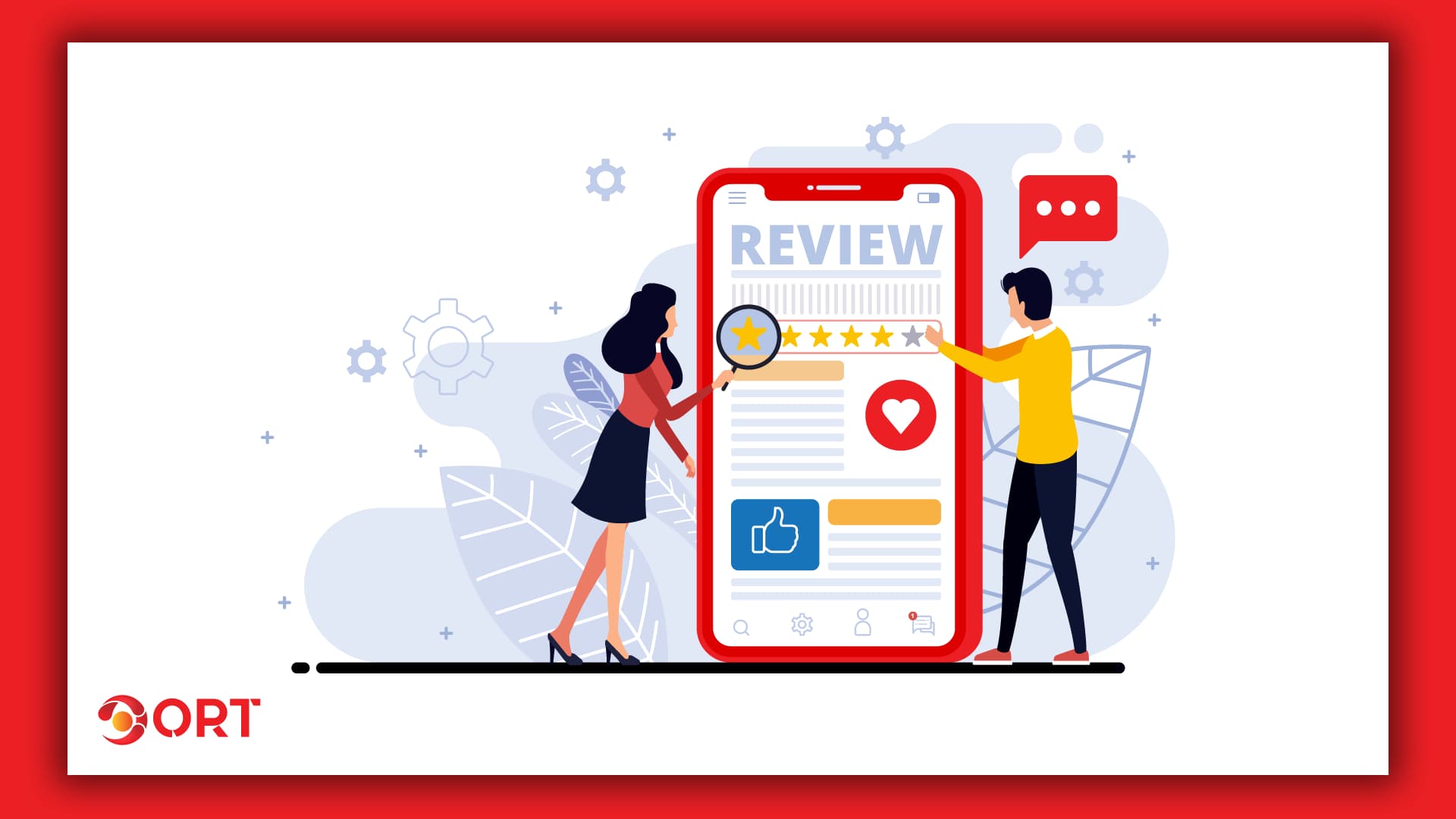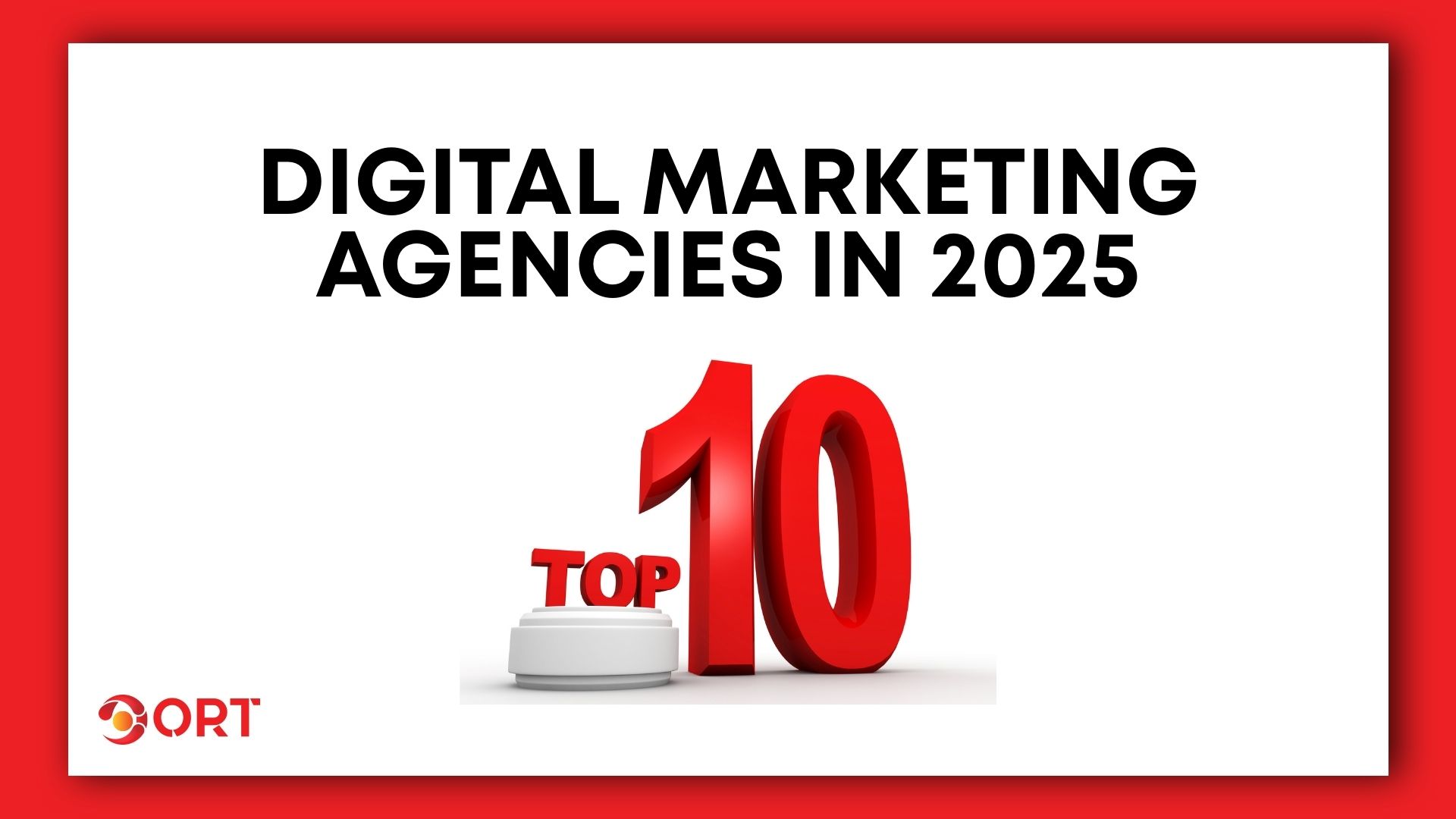Table of Contents
ToggleIn the fast-evolving world of mobile apps, user feedback has become more than just praise or complaints—it’s a goldmine for App Store Optimisation (ASO). Reviews and ratings now directly influence app rankings, user trust, and conversion rates. In 2025, ignoring review analysis is like leaving valuable ASO insights on the table while your competitors run ahead. By systematically studying what users say, brands can uncover keyword opportunities, identify UX gaps, and boost both visibility and retention
1.1 ASO in 2025: A Competitive Battlefield
User review analysis is the missing link in all ASO strategies by 2025. It could be the difference between your app’s visibility, ranking, and revenue going south or north.
There are over 5 million apps waging war across the Apple App Store and Google Play, in a battle like no other for user attention. App Store Optimization (ASO) is how to do that, and around us, copycatting any random keywords and visuals will not simply let you succeed anymore due to high competition in this field of jungle we’d better call an app store.
1.2 The Rise of User Review Analysis
User feedback from users is by far the most significant ranking as well as conversion factor for algorithms of app store algorithms. Reviews are not just a way to give potential users an idea of what your app is like — they affect the search ranking, install rates, and retention performance of your application.
1.3 ASO Services Embracing Review-Driven Strategies
So, the user review analysis is now a strategic working element for professional ASO services, and they have to watch every review that comes on the app store, categorize it, and utilize all these insights to make your user experience great, which hugely affects ASO performance.
2. What Is User Review Analysis in ASO?
2.1 Definition
ASO user review analysis is a structured means of gathering, sorting, and molding the feedback of user-written app reviews. This includes higher ratings (the star scores and also written reviews) to helpfully convey some type of information about user satisfaction with your app’s performance, features, and experience.
2.2 Purpose
In a nutshell, user review analysis is the process of extracting actionable insights and trends from app store reviews to inform your ASO strategy: I.e., find trends according to sentiment shift or see which keywords you can use. By analyzing feedback patterns — including repeatedly reported bugs, frequently reported feature requests, and or regular complaints about speed, usability, and design- you can make targeted changes that will not only enhance app satisfaction but also significantly improve app discoverability.
2.3 Scope of Review Analysis
User review analysis covers four main elements:
- Ratings: Monitoring the average score and recency of ratings to assess user satisfaction over time.
- Written Reviews: Studying user language to identify praise points, pain points, and emerging issues.
- Sentiment Trends: Tracking whether feedback is becoming more positive or negative after updates.
- Keyword Mentions: Extracting naturally occurring terms from reviews to inform ASO keyword targeting.
2.4 Why It Matters for App Store Rankings
In 2025, app store algorithms reward an app that has always remained with positive, consistent ratings and high-quality reviews, as per the latest, for displaying higher in search results and recommendations. This is a huge change: reviewing analysis is no longer something you can leave out of the ASO process — if you take reviews into account, their integration will be an excellent way to increase downloads, improve conversion rates, and ensure the customer loyalty your app needs.
3. Why User Review Analysis Matters More in 2025
3.1 Algorithm Updates That Prioritize Reviews
Apple App Store and Google Play have made deeper changes by 2025 to their ranking algorithms , and they have a larger focus on review sentiment score & recency. Which means no longer is just plugging down a good number of downloads, and choosing good keywords going to rank your app — now it also includes collecting the most recently written positive reviews to solidify you in that next level of search results!
3.2 Powerful Trust Signals for Users
Recent market studies claim that over 90 % of users check reviews before downloading an app. Positive reviews make users more comfortable at once, while negative or old feedback may keep them from installing your app altogether.
3.3 Competitive Advantage in Saturated Niches
For app categories with high competitiveness, having similar features and rankings between multiple apps, the final tie-breaker is reviews. This is important because, if your competitor has more up-to-date and relevant positive reviews (compared to yours), they are more likely to get the download. With the Review analysis perspective, you can have real-time customer feedback for your ASO strategy to outrun your competition.
3.4 The Feedback Loop That Drives Growth
User review analysis creates a continuous optimization cycle:
User feedback → improvements → Better user experience → Good reviews → Upper rankings → Extra downloads.
This compounds your ASO gains and allows you to stay above the curve with sustainable growth in visibility, downloads, and revenue.
4. Key Insights You Can Gain from User Reviews
4.1 Sentiment Trends
Tracking good vs. bad sentiment over time helps you get a sense of whether your user base is getting happier or mad as it grows. Massive changes in sentiment can be tied to your latest app updates, feature modifications, or technical glitches, so that you can take immediate mitigating action of the situation.
4.2 Feature Requests
Reviews are a goldmine of feature ideas. By analyzing commonly requested functionalities, you can prioritize them in your product roadmap and also highlight these planned updates in your ASO messaging. This not only improves app relevance but also boosts user retention.
4.3 Bug Detection
Many users use reviews as their first outlet to report bugs. Repeated mentions of crashes, slow loading, or glitches can be detected early through review monitoring — allowing you to address problems before they cause churn and damage your app store rating.
4.4 Keyword Opportunities
In 2025, algorithms in the App Store and Google Play Store have come to prioritize recent reviews over older reviews. If your app had a five-star rating but has since picked up a string of 1 star reviews, this is going to hurt your visibility and rankings.
5. Ratings & Reviews as Core ASO Ranking Factors
5.1 The Direct Impact of Ratings on Conversion Rates
In-app rating would be the best psychological trigger in the decision process. Artificial Intelligence Research elucidates that apps with 4.5 stars or more generate greater conversion. Having a poor ranking can reduce your chances of downloads, even if your app ranks top in the same keywords.
5.2 The Recency Effect: Why Fresh Reviews Matter More
By 2025, when it comes to App Store and Google Play Store algorithms, they place more value on reviews that are more recent than older ones. This means that even though you had a higher rating, with the increasing number of bad ratings in your app, this now hurts its visibility and ranking.
5.3 Featured Placements Boosted by Positive Reviews
App stores may sometimes promote recent good reviews in featured placements or recommendations. It can significantly grow click-through rates (CTR) and downloads, which is why the importance of promoting, gathering, and retaining positive feedback is a best practice.
5.4 Why Professional ASO Services Monitor Reviews Daily
The app stores also surface new, positive ratings in featured spots or recommendations. This whole process helps to boost click-through rates (CTR) and downloads exponentially, which reason why it is crucial to continuously incentivize good feedback.
6. How to Conduct Effective User Review Analysis
6.1 Centralize Review Collection
Step one, the process of collecting all the reviews in one place for analysis. The tools like AppFollow, Appbot, TheTool, and Sensor Tower enable you to source reviews & ratings from different app stores in a single dashboard.
6.2 Categorize and Tag Feedback
Categorizing your feedback review — as a feature request, bug report, UI (User Interface) feedback , and sentiment improves the ability to identify patterns. This can be done manually or with AI-driven tagging systems that automatically categorize feedback for faster decision-making.
6.3 Integrate Insights Into ASO Updates
The main point of analyzing user reviews is to change your ASO updates using those insights. Include your app in App Reviewer if they commend you on how fast your app is, make a note of it in your app description, screenshots, and promotional video. If they complain about something, put it in the product and update the listing with how you have resolved it.
Example: App developer optimized speed after users complained about slow load, the update includes within store listing: “50% faster for a smoother experience”
6.4 Combine With A/B Testing
You can also pair your review data with A/B testing to see the effect of changes on engagement and conversions. For instance, if your dark mode review highlights more likes through user reviews, you may want to consider creating a store listing variation that shows screenshots of the feature more prominently.
6.5 Collaborate With Product Teams
Review Analysis should be shared with the product and development teams for a better impact. By closing this loop, you can make sure bug fixes get deployed fast and release notes surface key enhancements — the two together can manifest as better recent reviews and an improved ranking.
7. Benefits of Adding User Review Analysis to Your ASO Strategy
7.1 Higher Conversion Rates Through Instant Trust
Strong Feedback & Reviews are social proof that the more users who notice hundreds — if not thousands — of other people had a good experience with your app, the higher your download rates will be.
7.2 Better Keyword Targeting From Real User Language
User reviews are a goldmine for keyword research. The phrases and terms users naturally use to describe your app often match the queries other potential users type into the app store search bar. Integrating these terms into your ASO keyword strategy improves discoverability.
7.3 Faster Problem Resolution for Higher Satisfaction
Read through user reviews to catch existing bugs or performance issues early on. If you deal with them, the customers not only grow satisfied but also leave better follow-up reviews, and your star rating improves.
7.4 Improved Retention & Lifetime Value (LTV)
Happy users stick around. The result is that your app churn rate comes down, in-app purchases go up because you listened to the feedback and made changes, as well as communicated these improvements to your customers, which directly impacts how much money your app makes.
7.5 Better App Store Visibility Through Higher Rankings
App store algorithms reward a high & steady flow of 5-star reviews — one bad review can ruin it for you. This visibility increases the number of organic installs, and the victories behind a successful ASO Strategy are interrelated.
8. Common Mistakes to Avoid
8.1 Ignoring Negative Feedback
A bad review is not just a disgruntled comment — it is an avenue to develop. By ignoring them, you put yourself at risk for higher churn and damage your brand.
8.2 Only Responding to Positive Reviews
Responding only to happy users creates the perception that you don’t care about critical feedback. Balanced engagement builds trust.
8.3 Keyword Stuffing in Responses
Overloading review replies with keywords can make them sound robotic and inauthentic. Keep responses human, helpful, and brand-aligned.
8.4 Failing to Act on Insights
Analysis without action is wasted effort. Make sure that the findings from user review analysis are implemented in product updates, ASO listing changes, and marketing communications.
9. Conclusion
It is a must in 2025 for analysing user reviews you perceived as just one of the three critical legs of ASO success. Being able to interpret and act on user feedback can be the difference between an app that dies a slow death and one that becomes top dog in its category.
Moving forward for sustained expansion to enable advanced top-ranking funneling and user base establishment, use some review mining within your upcoming ASO services alongside a long-term optimization setting.
Best Practice: If you are launching a new app or growing an existing one, user review analysis should be integrated into your ASO strategy for increased long-term visibility, better rankings, and ultimately – happier users.
Author
-

Shafqat Mahmood is a Digital Marketing Expert specializing in SEO, Social Media Marketing, Google & Facebook Ads, LinkedIn & TikTok Ads, Email Marketing, and Business Development. With proven strategies across Australia and Pakistan, Shafqat Mahmood helps businesses increase visibility, generate leads, and drive sales growth.



